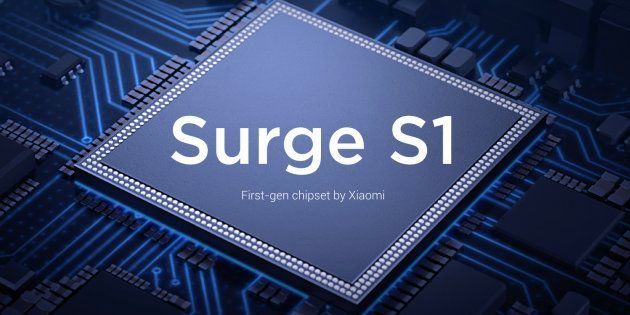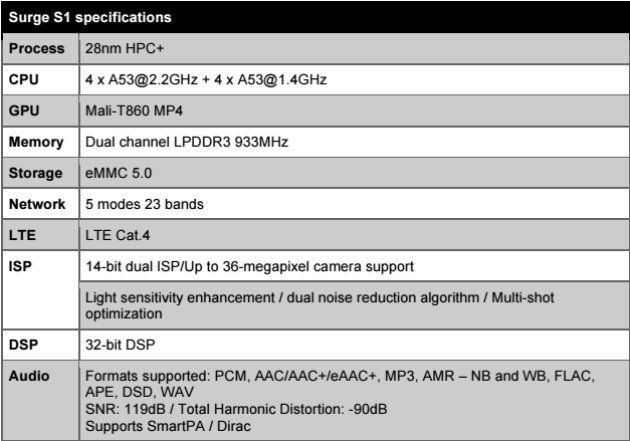
Chinese electronics company and smartphone maker, Xiaomi, announced today that it has developed its own processor, called Surge S1. The processor will be used in the Xiaomi Mi 5c smartphone.
With the announcement, Xiaomi becomes the fourth company after Samsung, Huawei and Apple to develop its own chip. Surge S1 was produced by Xiaomi's subsidiary, Pinecone, which was established in 2014 to develop processors for smartphones.
Surge S1 is an octa-core processor that employs ARM architecture. It uses eight A53 Cortex cores, out of which four are for performance and four are for power management, mimicking BIG Little architecture. According to Xiaomi, Surge S1 belongs to the same category of chipsets as the Qualcomm Snapdragon 625.
"The ability to create its own chipsets is the pinnacle achievement for any smartphone company," Xiaomi CEO Lei Jun said in a statement. "For Xiaomi, the move is an essential next step in our development. In order to deliver on our promise to make innovation available to everyone, we need to master the core technologies of our industry and tightly integrate the development of our hardware with our software, helping us to make even better smartphones that will consistently surprise the industry and delight consumers."

In addition to the above specifications, the processor will support displays of up to 2560 x 1600 resolution, and will facilitate fast charging at 9V-2A rate.
The Xiaomi Mi 5c phone, the first to use Surge S1, will have a 5.15-inch display that uses a wider colour gamut for better viewing results. The Mi 5c will also feature a 12 MP rear camera. The phone will be available in China from 3 March, at a price of RMB 1499.